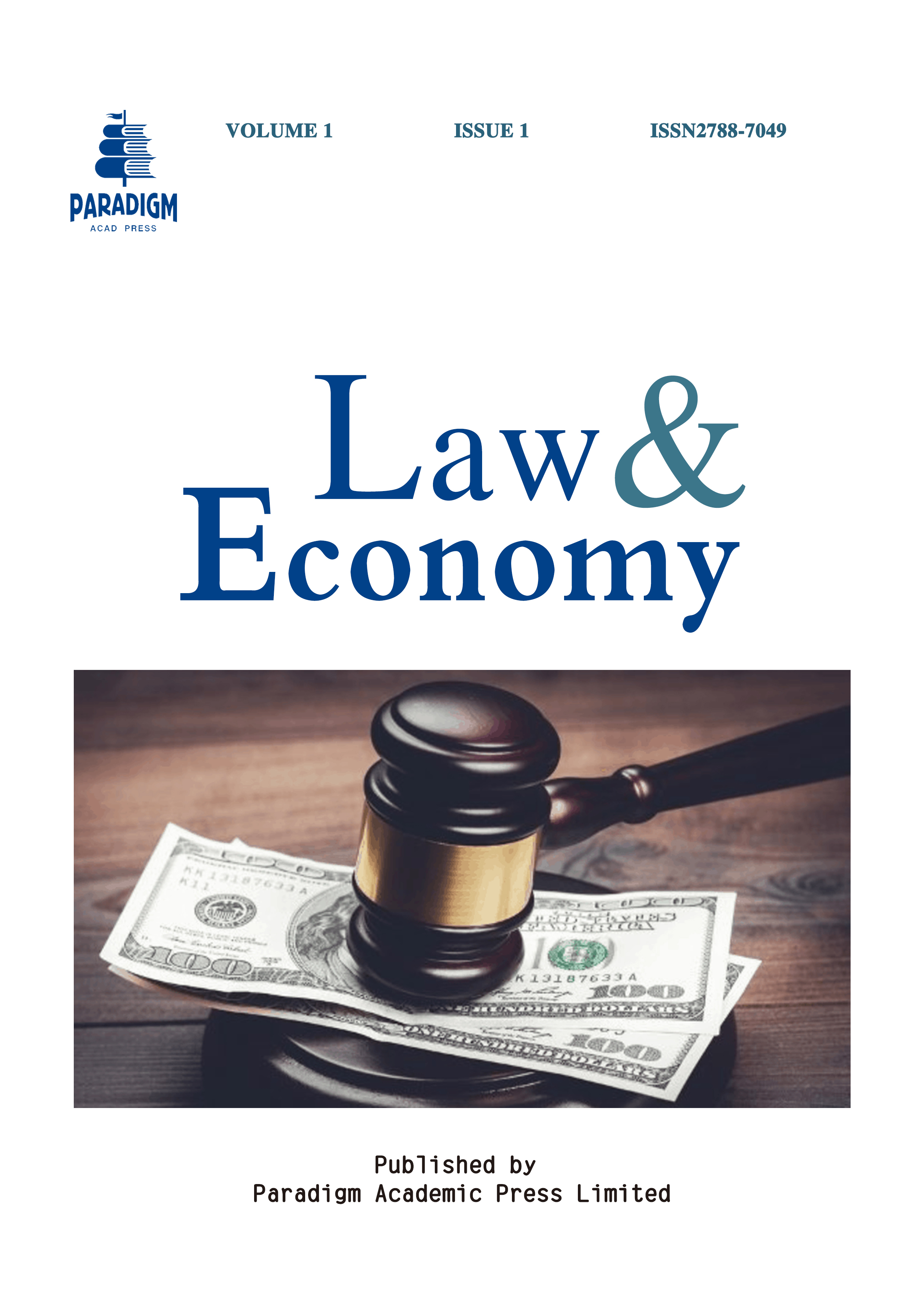EU’s “Fifty-fifty Split Rule” for Shipping Carbon Emissions Trading: Development Logic, Legitimacy Analysis and China’s Response
Keywords:
green shipping, EU ETS for shipping, coverage, legitimacyAbstract
In 2021, the European Union issued a new “fifty-fifty split” regulation, proposing that the shipping industry should not only be included in its Emissions Trading System (ETS), but also that the coverage of the shipping ETS should be expanded to 50% of intercontinental shipping carbon emissions starting or ending at European ports. Based on the general legitimacy analysis of the EU’s shipping ETS, the academic community lacks research on the source of the “fifty-fifty split rule” mechanism. This article focuses on international law of the sea and international climate law. Looking at its logical approach, the dispute between the “extraterritoriality” and “full coverage” arguments held within and outside the EU on the 50% quota reflects the economic and political logic of legislation, and their combined effect produces “fifty-fifty split”. Looking at its implementation difficulties, it faces questions about its legitimacy under international law. The extraterritorial effect of the new regulation lacks an international legal basis for extraterritorial jurisdiction; although it complies with Article 2.2 of the Kyoto Protocol, it conflicts with the principle of common but differentiated responsibilities. Exploring the relevant restrictions of international law of the sea on this initiative and responding to negative impacts through legal and political means is a new methodology.


